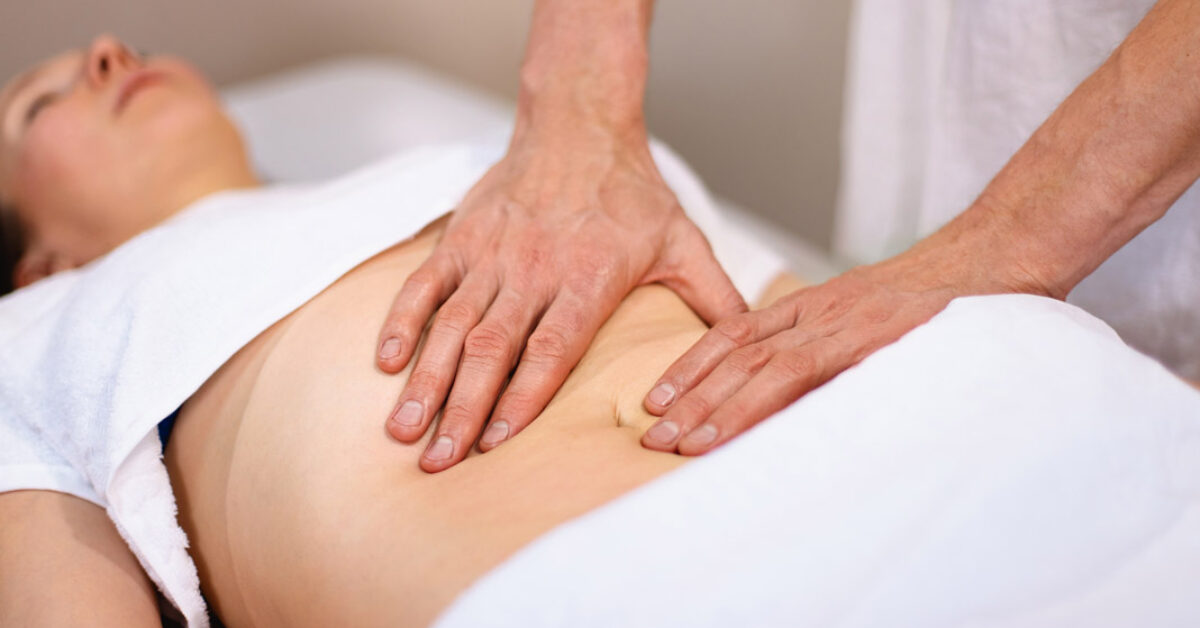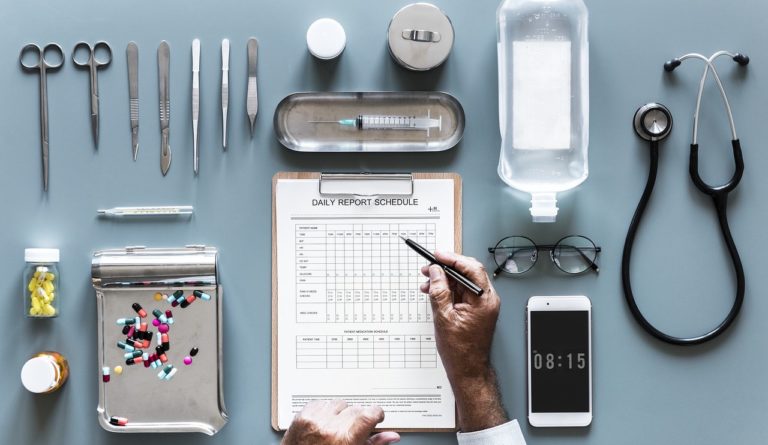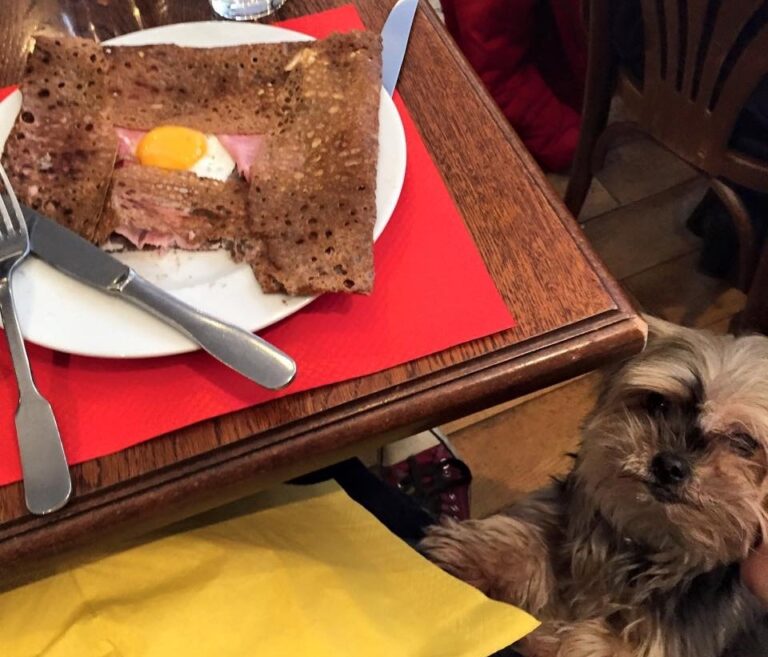In France, a few clicks on the web are enough to find an osteopath near you. But in the United States, they are much less common. Why is this?
In France, more than 31,000 osteopaths are registered for 20 million procedures performed each year: body manipulations (bone or muscular) that aim to relieve various ailments, such as migraines, pain, digestive disorders, etc. “Osteopathy uses manual contact to diagnose and treat patients in a holistic manner, i.e. in their entirety,” explains Lucile Lainé, a French osteopath based in Redondo Beach, California.
Three out of five French people consult an osteopath, making the discipline the most popular form of alternative medicine in the country. In the United States, on the other hand, the practice is much less popular. “What is crazy is that osteopathy was created in the USA in 1874 by Andrew Taylor Still, an American doctor. It then travelled to Europe where it had great success, but did not take off in the US, where it was born!” explains Lainé.
In the USA, osteopaths are doctors
According to the specialist, who graduated from a French osteopathic school in 2013, the training of American osteopaths is mainly responsible for this lesser presence. “In the US, the doctors’ lobby has been stronger and has taken over: osteopaths do not follow a specialized curriculum, but a pure and difficult medical curriculum. They have the title of D.O., Doctor of Osteopathy, general practitioners who have learned osteopathic procedures.” About 11% of U.S. physicians are D.O.s, but their primary status as MDs means that, while they may be fully qualified to practice osteopathy, it is included under the medical umbrella, instead of being considered an alternative to traditional medicine.
A D.O. therefore follows a medical curriculum (4 years of medical school, followed by 3-7 years of residency), with a focus on clinical and biomedical sciences, and two years of specialization in osteopathy. A future French osteopath must validate five years of specific studies in a recognized school. “Concretely, they practice far fewer [osteopathic procedures] than in France and, above all, their approach goes against the very philosophy of osteopathy. To heal a patient, the doctor prescribes medication, whereas the osteopath seeks to heal with natural methods,” says Lainé.
Osteopathy is nevertheless making a place for itself, albeit discreetly, in the United States: 16% of medical residents have a diploma in osteopathic medicine. Recently, one D.O. has made a name for himself: Donald Trump’s doctor, Sean Conley, is an osteopath. But the training of these doctors, as well as their mode of practice, has not allowed the specialty to acquire the notoriety it has in France.
Chiropractors and physiotherapists have a better rating
In the United States, if a patient needs an adjustment, he or she usually consults a chiropractor or physiotherapist. “In the minds of the North American population, it’s ingrained in their mentalities and it won’t budge,” confides Lainé. And the Frenchwoman points out the notable differences between these approaches. “If a patient has a shoulder pain for example, the osteopath looks at what is happening elsewhere and takes into account the psychological and nutritional aspects. A physiotherapist will instead concentrate on the part to be relieved, and a chiro on the work of the vertebrae.”
These differences in curriculum, philosophy and appreciation make it difficult to find a “French osteopath” in the US, especially since French osteopathy diplomas are not recognized. “When I arrived in California 13 years ago, just after graduation, I went to the Board of Osteopaths in Sacramento, but there was no possible equivalency. I had to go back to medical school from scratch to use my osteopathic title,” says Lainé.
Confidence building
The Frenchwoman then looked for a “quick and less expensive alternative.” She took night classes to work towards a massage license, a solution that allowed her to work in a doctor’s office. She practiced osteopathy there and quickly acquired a regular patient. She is now self-employed.
“I was one of the first to arrive in the region and even though more and more people are settling in, no one is established. We can’t use our title of osteopath. It’s word-of-mouth that works,” assures the expert before adding, “and I have a lot of American patients!”






